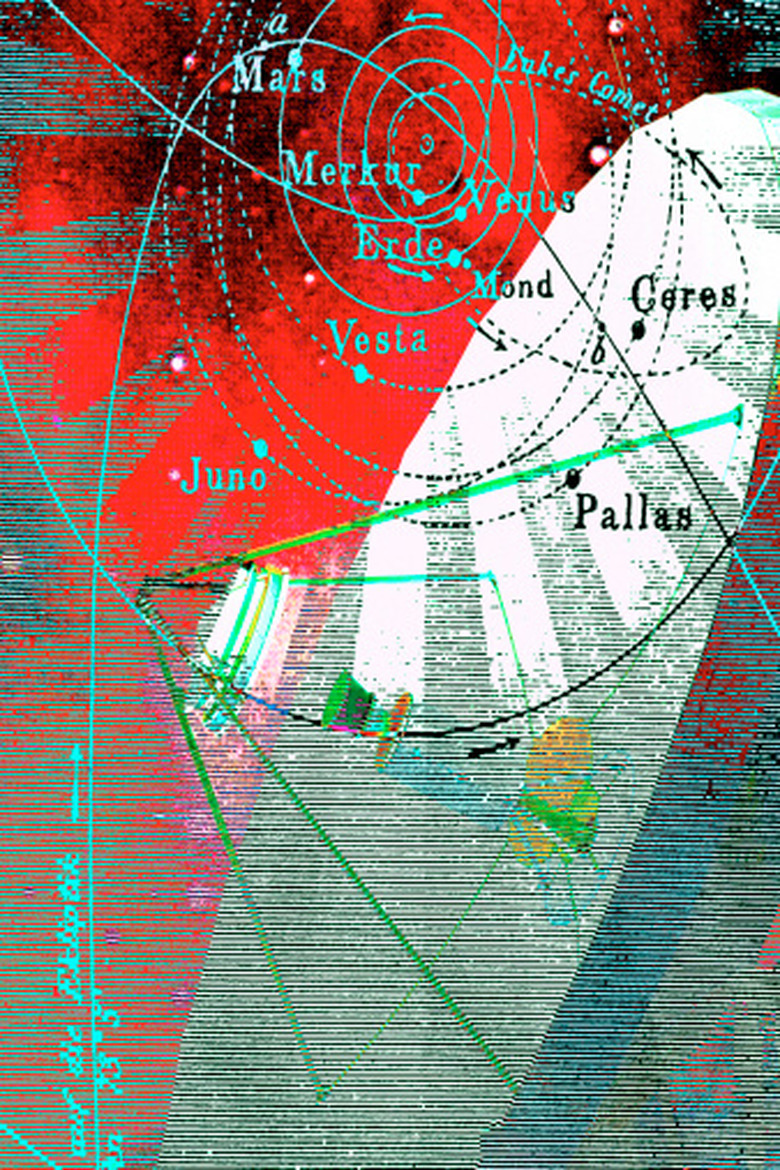10 Characteristics Of A Science Experiment
Science experiments follow a principle called the "scientific method" which ensures accurate tests are performed, reliable results are gathered and reasonable conclusions are drawn. Every science experiment should follow the basic principles of proper investigation so that the results presented at the end are seen as credible.
Observation and Hypothesis
Observation and Hypothesis
Observing a new physical process or phenomenon is a rare event, but there are areas of science that are not fully understood. The scientist must put his observations into words to develop a meaningful hypothesis. The hypothesis has to explain the phenomenon using a mechanism or a mathematical relationship, as described by Professor of Physics Frank L. H. Wolfs at the University of Rochester.
Prediction and Modeling
Prediction and Modeling
It is not enough to guess why something is happening. A scientist must prove his theory is correct. Predictions are made to test the observations under different circumstances. The aim is to discover more about the phenomenon and to prove it exists. One way to enhance the scientific method is to create a "model." Models can be used to provide analogies for difficult, unobservable concepts.
Testing and Error Estimation
Testing and Error Estimation
Testing new theories is essential. Each experiment has to be planned to reduce the number of variables. It is never enough to say an experiment was conducted and upholds the theory but that the method or results are not available. Every experiment will contain a small area of error. If the theory is to be proven using mathematics, deviations about the mean are applied to the result of each calculation.
Result Gathering and Presentation
Result Gathering and Presentation
Scientists must record their results. Often, the original theory can be rewritten after experimentation to illustrate new phenomena. If the experiments conducted do not support any theory, they must be rejected. Each result must be double-checked and those which clearly do not fit the pattern are analyzed further. Once the results are collated, they can be presented as a table, graphs, diagrams or computer graphics. Each representation must support the original theory.
Conclusions
Conclusions
When the results are in and have been presented in meaningful ways, conclusions can be drawn. A conclusion involves interpreting the results, recognizing any patterns present and describing what those patterns and interpretations mean in reality. Any modeling or prediction must be converted into a meaningful, reasoned conclusion. The conclusions of single experiments can be developed into predictions of entire behaviors and further ideas about testing.
Law Formation
Law Formation
One of the main aims in science is to discover and prove new laws that explain how things work. When two or three models are formulated based on initial observations, and the theory is successfully tested, the different models can be drawn together. An example of a single concept law is the First Law of Thermodynamics. An example of a merged set of theories is the "grand unified theory," a description of the universe that ties together everything we already know.
Cite This Article
MLA
Parks, Natasha. "10 Characteristics Of A Science Experiment" sciencing.com, https://www.sciencing.com/10-characteristics-science-experiment-8690894/. 24 April 2017.
APA
Parks, Natasha. (2017, April 24). 10 Characteristics Of A Science Experiment. sciencing.com. Retrieved from https://www.sciencing.com/10-characteristics-science-experiment-8690894/
Chicago
Parks, Natasha. 10 Characteristics Of A Science Experiment last modified August 30, 2022. https://www.sciencing.com/10-characteristics-science-experiment-8690894/
